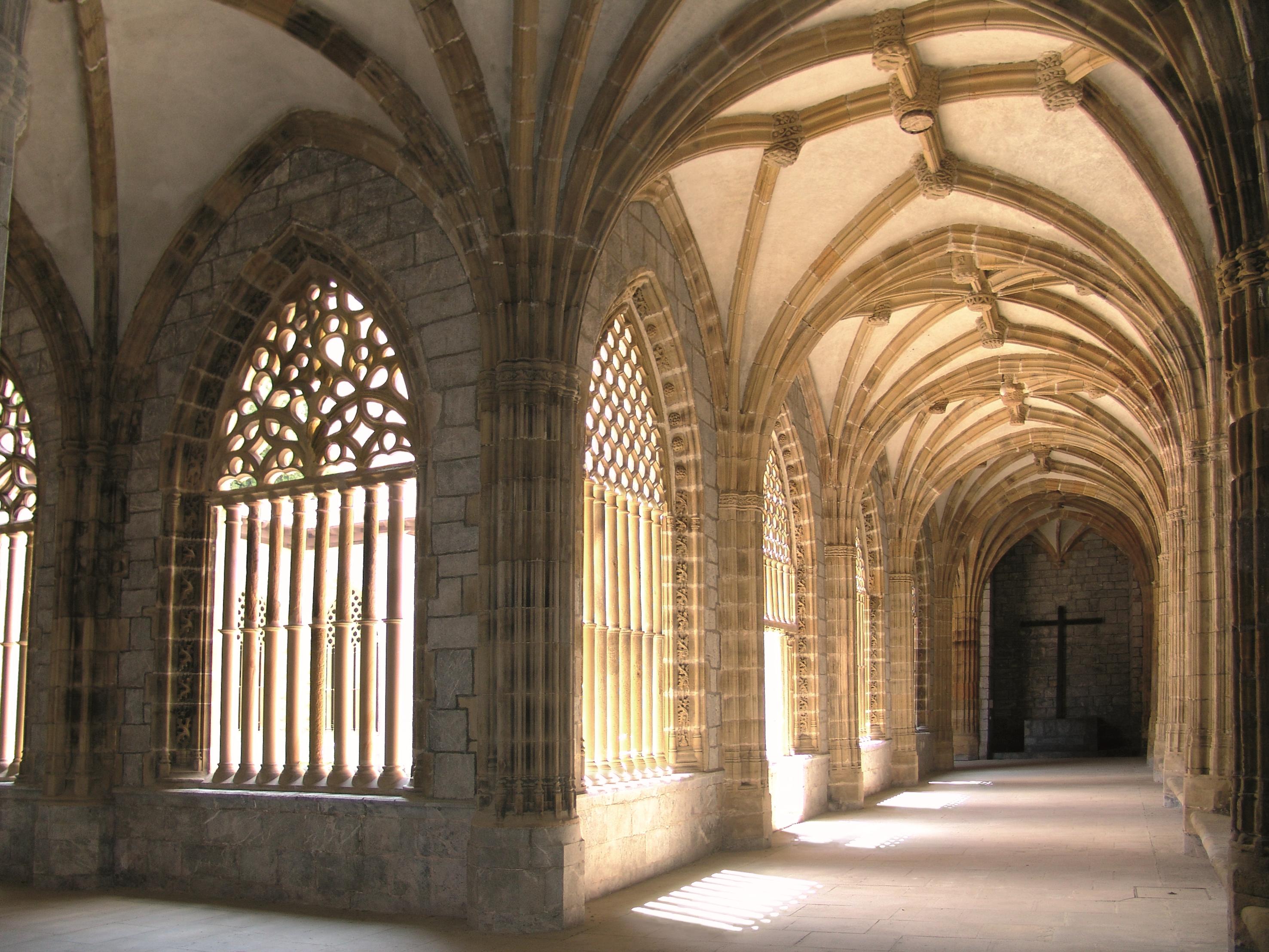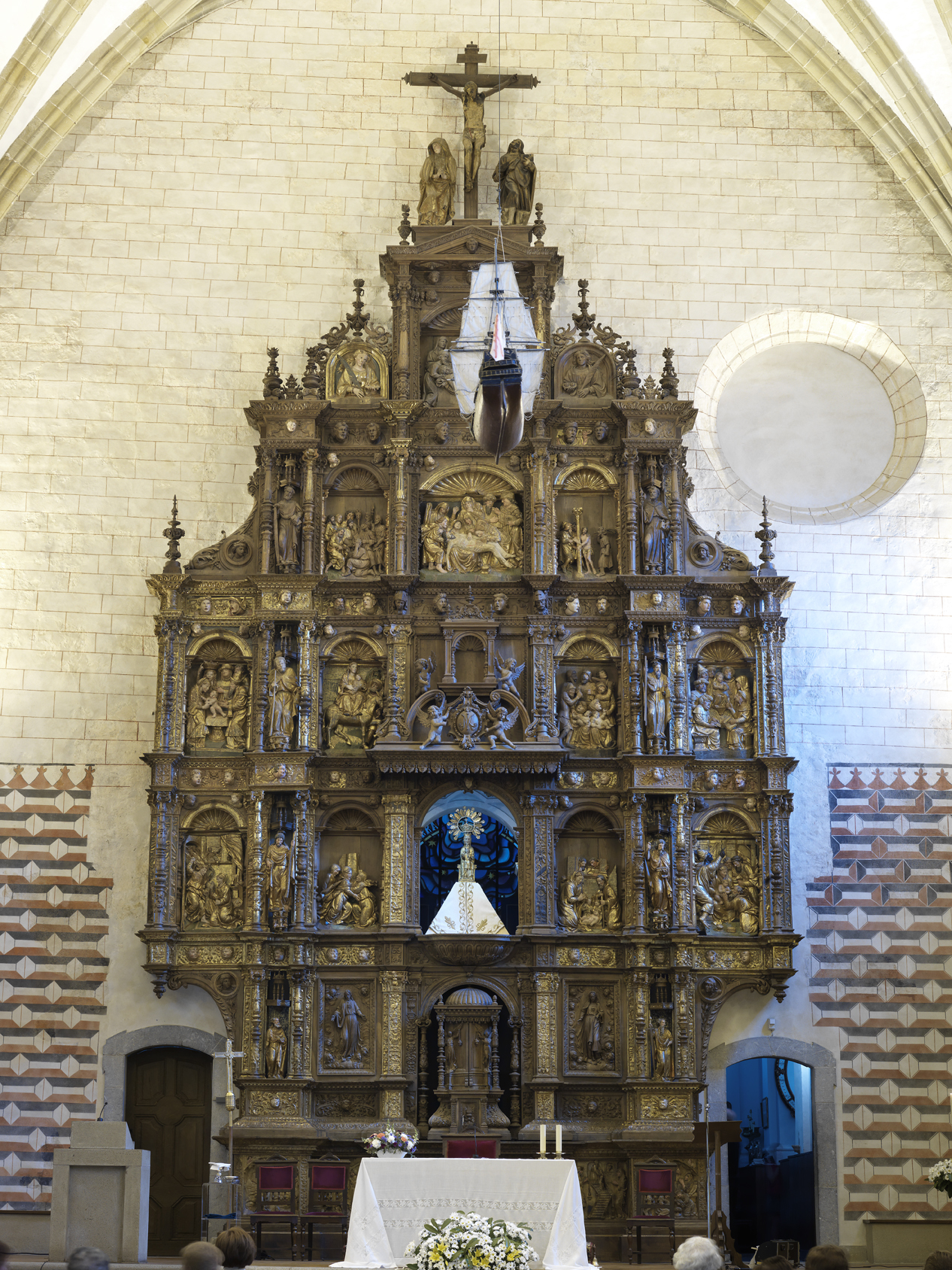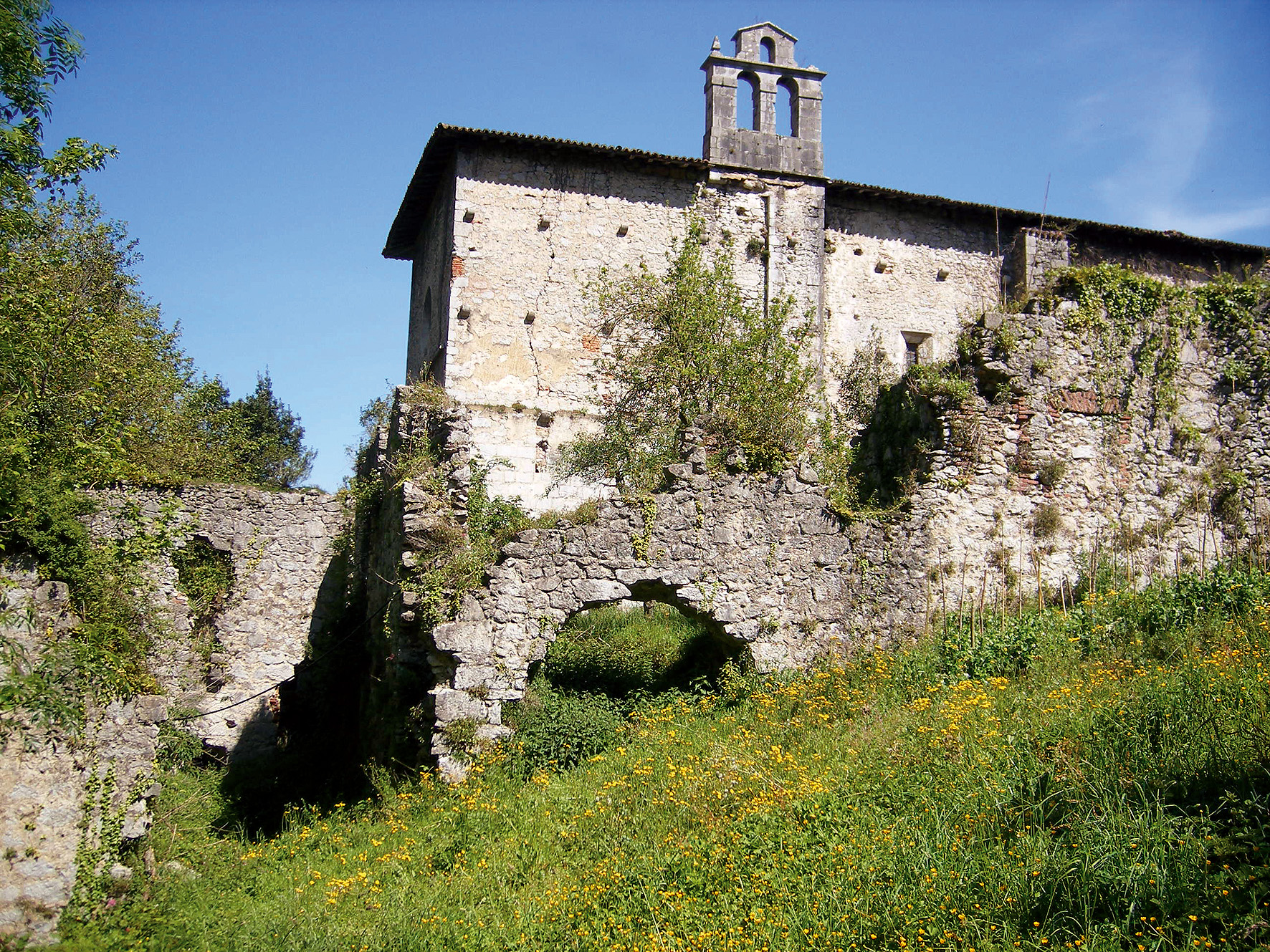Religious heritage
Undoubtedly, the parish church of Santa Maria stands out, one of the most beatiful, original and emblematic buildings in Gipuzkoa. It can be observed a succession of interventions through which the primitive Gothic temple was adapted to the needs of the villagers. The cloister, the polychromatic facade, the masonry of the vestri, the remains of the Gothic building etc. make this church one of the ensembles that best illustrate the artistic evolution of the sacred buildings in Gipuzkoa.
The sanctuary of Itziar deserves special attention, where hundreds of people from Gipuzkoa ascend on foot every spring to show their fervour.
We must not forget the Sasiola convent-hospital, an important enclave of the Saint James' Way and the second Franciscan Convent in Gipuzkoa, nor the chapels scattered across the territory of Deba: Santa Catalina, San Sebastian de Elorriaga, San Nicolas de Lastur, Santa Cruz next to the main square, San Roque between Deba and Itziar, Santa Ana in Artzabal and Salbatore in Itxaspe.

The Church of Santa Maria
The Sanctuary of Itziar
The Convent-Hospital of Sasiola
Hermitages
The Sanctuary of Itziar
 Centre of a great religious attraction, the influence of this Sanctuary has spread to the entire coast since Itziar was founded in 1294.
Centre of a great religious attraction, the influence of this Sanctuary has spread to the entire coast since Itziar was founded in 1294.
It is an ancient temple although it was reformed in the 16th century. It has a single nave, without intermediate columns, with a special width and divided into three rectangular sections. There are reasons to believe that there was a church from the 13th or 14th century, with an attached tower, the remains of which largely remain as evidenced by the blinded windows of the west and midday facade and the pointed arch of the tower. Devoted to Mary, inside the temple the Romanesque image of the Virgin of Itziar (12th century) stands out, as well as its magnificent altarpiece carved in wood by Andres de Araoz in the 16th century, considered one of the best in Plateresque art. It represents the life of the Virgin according to the Gospels.
The image of the Virgin of unknown origin and author is Romanesque in style and its existence must be related to the temple prior to the 14th century. It is considered the oldest in Gipuzkoa, together with that of Juncal in Irun.
The image that dominates the main altar, with a proportionated and expressive face, is known for being one of the most beautiful of Basque iconography.
The Virgin inspires great devotion among these seafaring people. She was crowned on August, 3rd 1952.
Outside the temple, in the north wing, is the impressive steel sculpture Amatasuna (Motherhood), developed by Jorge Oteiza.
The Sasiola Convent-Hospital
Second Franciscan convent of Gipuzkoa
Located approximately 5 km from Deba, in direction towards Mendaro, it was declared provincial monument on January 17th, 1964.

At the beginning of the 16th century, the Seraphic Order tried to find a convent, through the Sasiola Tower, next to the Sanctuary of Itziar, but the ecclesiastical and secular councils disagreed. That is why they should desist from the effort.
It was then that Juan Perez de Licona donated "the site and shipyard of Sasiola", located between Deba and Mendaro, on the bank of the Deba river, a place where, apparently, there were some buildings as well as shipyards and a hermitage dedicated to Our Lady Pieta. Its historical value is clear and significant and it is considered as the second Franciscan Convent of Gipuzkoa.
It is also very relevant in the artistic order. Inside it, stands out, primrarily, the large 17th century walnut wooden altarpiece, which is located in the chancel, in Baroque style and similar to that of the Convent of Vidaurreta.
Hermitages
Santa Catalina
Situated on the mountain peak, it is a genuine watchtower from which you can make out a large part of the Basque Coast. The first references to this hermitage date bake to 1539.
It is a landmark on the Saint James' Way.
In the past, a mass was held and there was a procession on the days of Santa Catalina and San Juan. Nowadays, only San Juan's Day is celebrated (24th June) by the people from the nearby farmhouses.
San Sebastian de Elorriaga
Located in the Elorriaga neighbourhood, it was an important enclave on the Coastal Way of Saint James. It has an unmemorable foundation and it is already mentioned in the agreement between the towns of Deba and Zumaia in 1391.
San Nicolas de Lastur
Hermitage integrated in the blind part of the Lastur valley. It is already cited by Lope de Isasti in 1625. It is as old as the iron industry of the vicinity.
Historically, it has attended the parishioners of Lastur and Arbiskoa. The patronal feast in honor of the Saint is celebrated on September 10th. In the small square in front of the shrine, amateur bullfights are held with local cattle, the well-known "larrabeixak" or "betizus", the oldest native breed cattle of Europe.
